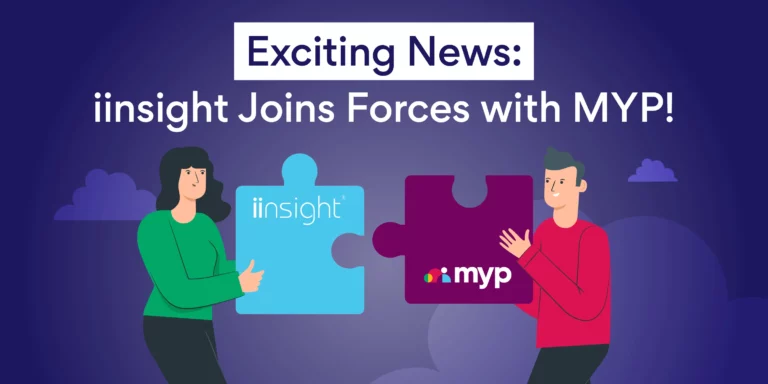Every organisation needs an effective plan and standards that will help workers transition back to work after an injury or an illness. This is where workplace rehabilitation services can be valuable, as they help people return to work or recover at work. Such services are tailored to the unique needs and the rehabilitation goal of an organisation, such as returning to a specific role, a new role in the current workplace, or secure new employment elsewhere. Those goals and activities must be made with consideration to advice from healthcare providers and medical practitioners involved, and you could monitor them with the right workplace rehabilitation management solution.
The more you should invest in a high-quality management platform when you want to provide enhanced worker compensation programs. With workplace rehabilitation services, you can be sure that anyone in your team can return to work safely and in a cost-effective, timely, and safe way. Service providers use a case management program to monitor, assess, and review the progress and goals over the life of the return-to-work program.
Using a cloud-based case management software could optimise and simplify workplace rehabilitation management. It provides a single, all-in-one platform for overseeing every case and the practitioners, health providers, and consultants involved in them. It automates the fulfilment of routine and repetitive administrative tasks, like following-up on people, billing, accounting, updating case files, and scheduling appointments. This way, service providers have more time to focus on clients instead of administering, and they are less prone to making costly mistakes, which could result in insurance rejections and denials, or inaccurate information.
It will be easier to oversee and deliver workplace rehabilitation services with a cloud-based case management platform, which can be accessed from any web-connected device. If you are looking to try a platform, consider a solution that is designed specifically for workplace rehabilitation and health service providers.











